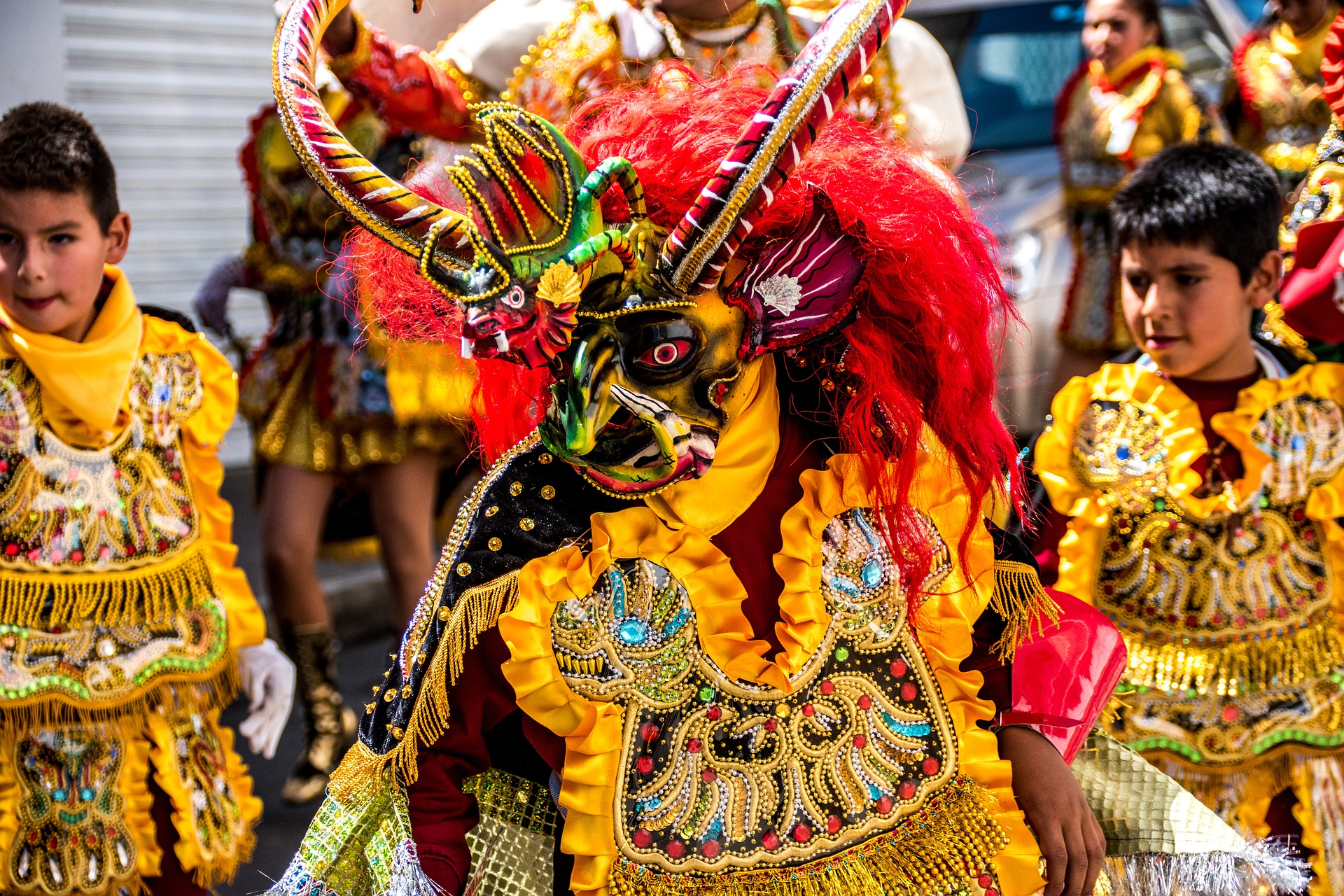Read about the Culture of Bolivia. Bolivian people’s different ethnic backgrounds have resulted in a rich and diversified culture. In Bolivian civilization, indigenous communities from the Andes, individuals of Spanish ancestry (descended from the colonists), and mestizos (mixed races) exist.
Parts of Bolivia were formerly part of Inca territory; therefore, indigenous communities like the Quechua and Aymara may trace their ancestry back to the Incas before the Spanish arrived. It repressed many indigenous traditions and introduced new ones during Spain’s 16th-century colonization of the region. For example, indigenous painters eventually refined religious arts introduced by the Spaniards to create whole new forms. Indigenous cultures resurfaced in the 20th century, and we reclassified indigenous languages as official working languages.
Western Andes Mountains-Culture of Bolivia
Despite Bolivia’s size as the fifth biggest nation in South America, I know little about the country’s many regions and cultures. Visit this area to learn more about Bolivia’s diverse culture, from cuisine to literature to art and history.
The Quechua
Bolivia’s biggest ethnic group is the Quechua. Chuquisaca, Cochabamba, Potos, Oruro, and La Paz are home too many of these people. They have a population of around 2.5 million people and speak a dialect of Spanish called Quechua. Farmers grow a wide range of crops, including several types of maize, potato, quinoa, and other tubers, but their most important cash crop is coca. It also involved them in animal care.
The Aymara
The Aymara are the indigenous people of Bolivia who live in La Paz, Oruro, and Potosi. They have a population of around 2 million and speak Aymara. Agriculture, animal husbandry, mining, fishing, handicrafts, and commerce are some of their major sources of revenue.
The Uru Uru
In the La Paz and Oruro regions, the Uru Uru people are indigenous. There are just around 3000 people left in the entire world. So, They are Uru natives who labor mostly in agriculture and handicrafts.
Eastern Dry Forest and Desert-Culture of Bolivia
The Guarani
Bolivia’s Guarani people, slightly under 188,000, are the country’s fourth most populous ethnic group. Tupi Guarani is their native tongue, and they hail from the departments of Santa Cruz, Chuquisaca, and Tarija. So, We spent a majority of their time engaged in subsistence farming, which includes the production of grains like maize and legumes like beans, sugar cane, and cotton. Besides their weaving handicrafts, they’re well known.
The Tapiete
The Tapiete is a small, almost extinct people group that lives in the Chaco area of Tarija near Villamontes. Only around 70 of them are still alive. Tupi Guarani is their native language, and they hunt, fish, and gather as well as the farm.
The Weenhayek
The Weenhayek people speak Weenhayek and live in the Chaco and Yacuiba regions of Tarija. Over 2,000 people live there, engaged in fishing, gathering, and subsistence cultivation.
Tropical Forests and Valley-Culture of Bolivia
Afrobolivians
Afrobolivians are indigenous people of the Yungas tropical forest in northern La Paz who descended from slaves. So, They estimated the population at 20,000 people, and most of them speak Spanish or Aymara because we forced them to leave their African customs centuries ago. Near Coroico, they cultivate cocDepartment of La Pazdepartment of La Paz. However, The remaining population is dwindling rapidly—there are barely 120 left in all. They’re still mostly fruit and nut-producing society.
The Ayoreos
Chiquitos Ayoreos are people from the Santa Cruz department that live in the Chiquitos area. Less than 1800 people live there, and they speak Ayoreo, a language belonging to the Zamuco family. So, They rely on agriculture for their livelihood and are often seen selling handicrafts in Santa Cruz and Concepción.
The Baure
Jesuit missionaries gathered over 16,000 Baure into mission towns in the Itenez area of the department of Beni. However, their current population is less than 1000. They are fluent in Arawak. They live off the land and make chocolate using only organically grown cacao beans.
The Canichana
However, there are less than 500 Cinchona people left in the world, and no one knows what language family they speak. The Beni department lives in tiny settlements around San Javier, where they cultivate rice and maize and beans, manioc, and bananas.
Read More: Travel to Bolivia right now- Reasons Why you Should Visit


